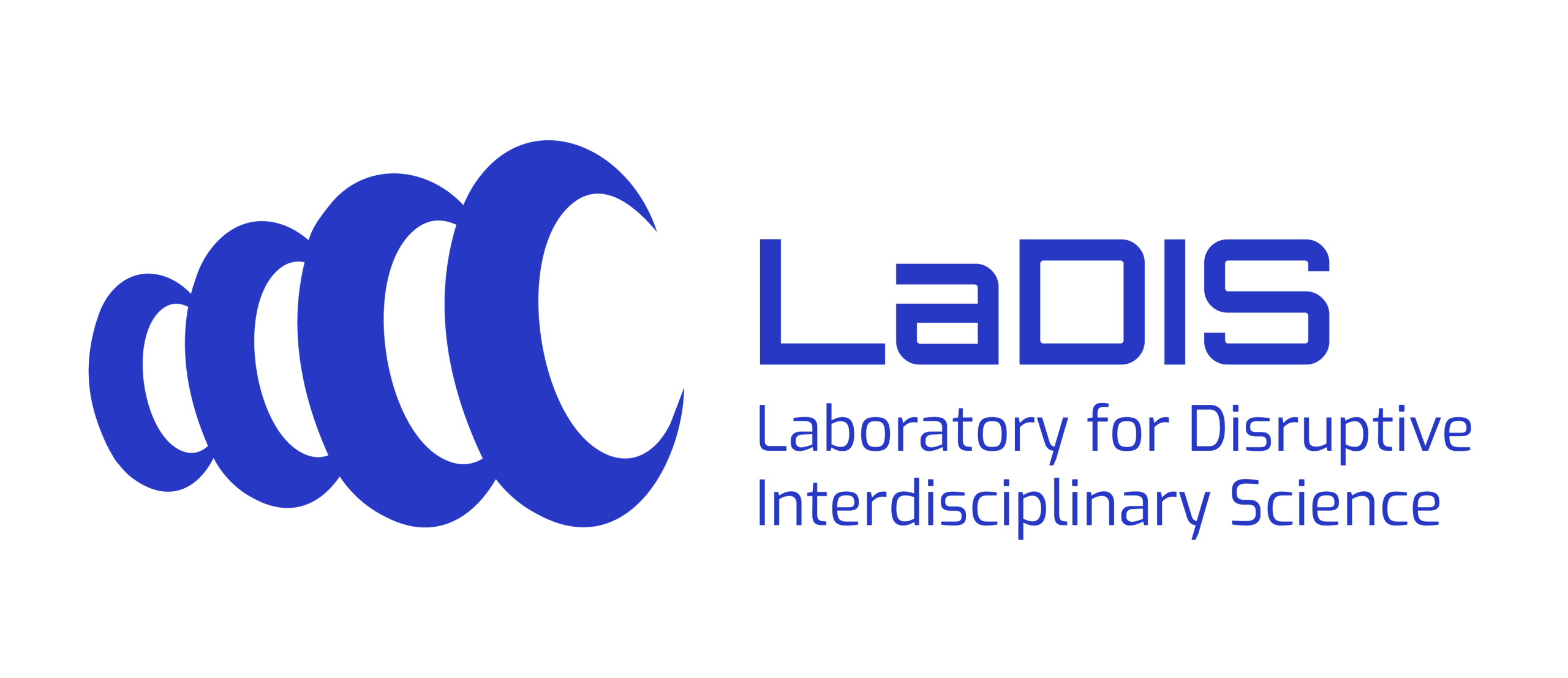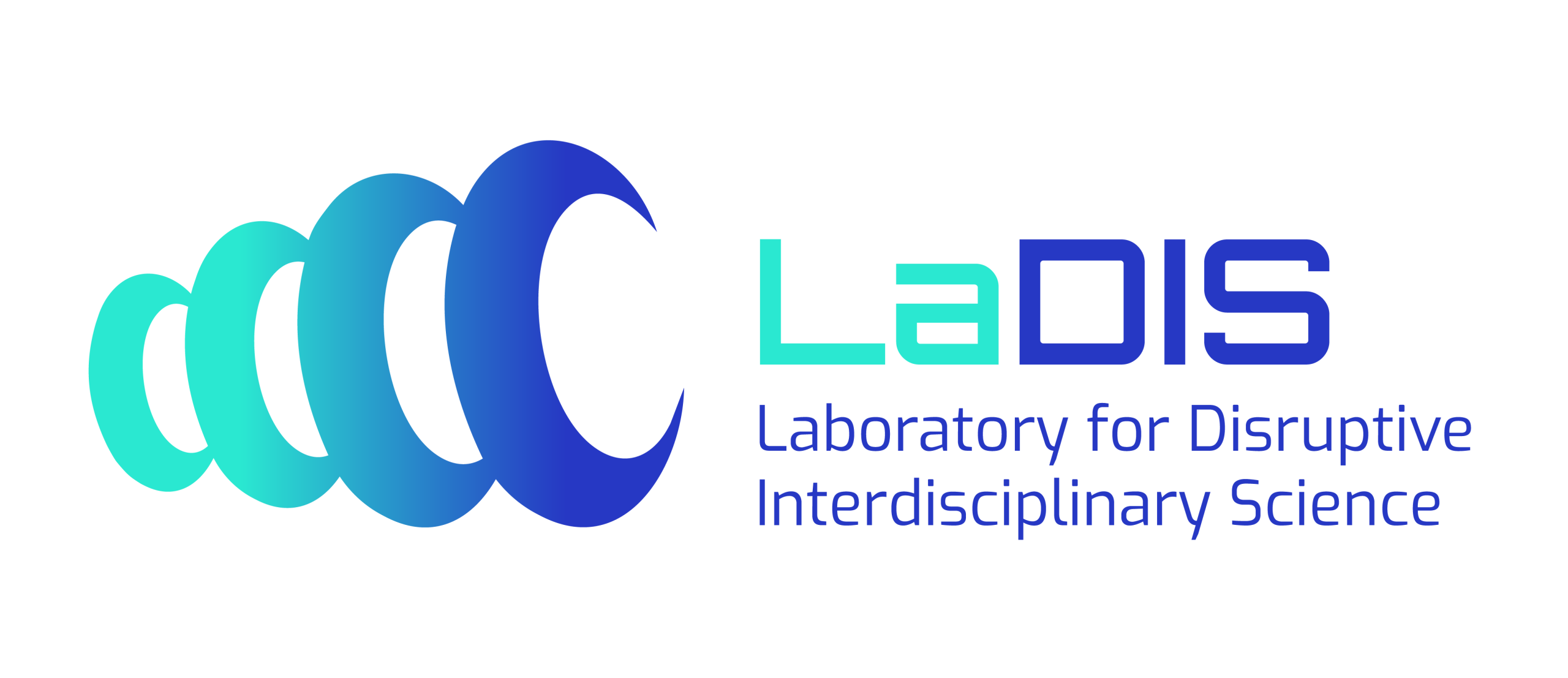Infrastructure designed for interdisciplinary science
Shared technology, flexible space, and capabilities that connect science with application.
A Collaborative Ecosystem
At LaDIS, infrastructure is not just a collection of tools. It’s an active environment where different disciplines meet, technologies are shared, and complex questions are explored from multiple angles.
This is not a centralised lab model — it’s a dynamic system distributed across several research hubs at the University of Valladolid.
Infrastructure pillars
LaDIS is built on a distributed infrastructure that supports interdisciplinary collaboration, high-end experimentation, and real-world deployment. Our pillars include advanced fabrication labs, biomedical testing facilities, remote sensing platforms, and secure data systems — all connected through a collaborative research network. This infrastructure enables scalable innovation across domains such as health, space, and environmental science.
Biofabrication and Molecular Engineering
This equipment supports both fundamental biology and the development of medical-grade biomaterials
Labs for the design and production of recombinant proteins
Bioinks for 3D bioprinting
Cellular characterisation systems
Genetic engineering platforms
Spectroscopy and Instrumentation
These tools are used in everything from Mars missions to atmospheric gas detection to clinical diagnostics.
Raman and LIBS spectrometers
Confocal microscopy
Custom-built sensor systems
Validation platforms for planetary and clinical environments
Atmospheric Monitoring and Remote Sensing
GOA’s atmospheric research units generate high-resolution data on aerosols, clouds and solar radiation — crucial for climate modelling and renewable energy planning.
Mobile LIDAR platforms
Radiometry systems
All-sky imaging
Field-deployable stations, including polar expedition equipment
Space Technology Validation
Used to prepare and validate instruments that are later deployed in missions by NASA, ESA and JAXA.
Simulated Martian and planetary environments
Testbeds for space-grade instrumentation
Prototyping areas for integrated payload systems
High-Performance Computing and AI
Shared access for all LADIS groups, enabling complex system analysis in areas such as cosmology, biology, image analysis and energy prediction.
HPC clusters and AI servers
Custom pipelines for modelling, simulation and data processing
Shared spaces and collaborative design
At LaDIS there are no isolated labs or fixed departmental boundaries. Research spaces are modular, reconfigurable and open by design, allowing teams to assemble around challenges, not hierarchies.
Whether you’re simulating quantum processes, testing a diagnostic sensor, or analysing atmospheric data, you’ll likely be doing it alongside someone from a different field — and with tools you didn’t expect to use.




